Risk Group Ratings: What they mean in regards to UV Lashing

Safety has always been important to us, and people have been asking us about what the Risk Group numbers mean in regards to the IEC/EN 62471 safety standards test.
We decided to break this down into a blog post that goes through what this means and how it relates to our UV Lashing Lights.
What is the IEC/EN 62471 safety standard?
IEC/EN 62471 is an international safety standard that measures the photobiological safety of lamps and lamp systems. In simpler terms, it evaluates how much exposure to light—including UV—can affect your eyes and skin under specific test conditions such as distance, power level, and beam focus.
Test results are assigned to a Risk Group (from 0 to 3). This number helps indicate potential hazard levels:
- Risk Group 0 (Exempt): No risk under normal conditions.
- Risk Group 1 (Low Risk): Safe for most use, minimal restrictions.
- Risk Group 2 (Moderate Risk): Risk increases based on direct exposure. Safety precautions recommended (like tape on eyelid).
- Risk Group 3 (High Risk): Potentially hazardous without strict controls.
Differences Between Halo OG & Halo Focus
The Halo UV Lashing Light is a straightforward UV Lash Light designed for simplicity. It doesn’t offer adjustable aperture or power settings, which makes it easy to use consistently straight out of the box. But this means you have less flexibility on the distance from the lashes to cure Adhesives: ~20cm (6-8in).
The Halo Focus UV Lashing Light, however, was designed for flexibility. With its adjustable aperture (beam light size) and multiple power levels, lash artists have more options on where they place the light. This gives you more control over beam focus, brightness, and placement—so you can balance efficiency, comfort, and safety. The tradeoff is that you need to pay closer attention to distance and power when working at higher settings. Higher power settings allow you to use the light farther away.
How This Relates to Our UV Lash Lights
Because UV Lashing is a newer technique, safety questions often come up. That’s why we’ve had our Halo Lights tested according to the IEC/EN 62471 standard.
- Halo OG Light: Risk Group 0 — considered exempt, with no risk under normal use.
- Halo Focus Light: Risk Group 2 — when tested at full power with the most focused beam at 20cm (7.87in). We do not recommend using Halo Focus at this distance with these settings (use low power at 20cm).
What Risk Group 2 Really Means
A Risk Group number reflects the results of a specific test scenario—not how the light performs in everyday lash work. For the Halo Focus, the Group 2 rating came from testing at maximum intensity and very close range (20cm).
In practice, we recommend:
- Using the lowest power setting when working at 20cm.
- If you prefer full power, increase the working distance to 12–18 inches for lower exposure.
By adjusting power level, distance, and aperture, you drastically reduce exposure, making the light safe for both you and your clients.
The Bottom Line on UV Lash Safety
Risk Group classifications are useful to know how a light should be used based on specific settings, but they don’t tell the whole story. What matters most is how the light is actually used: power, distance, and aperture all play a role.
When used as recommended, both the Halo UV and Halo Focus UV are safe for UV Lashing—helping you deliver faster, cleaner sets with confidence.

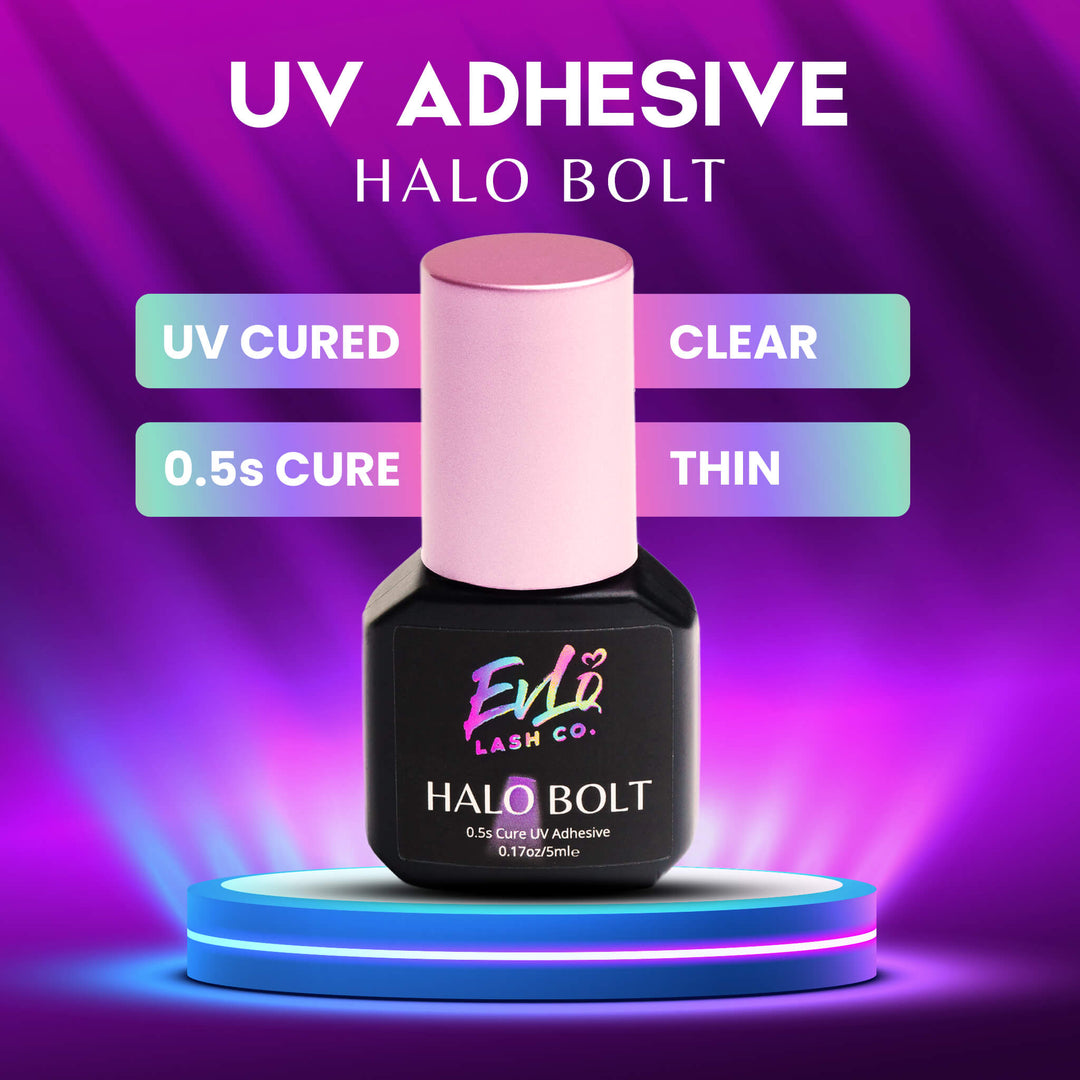

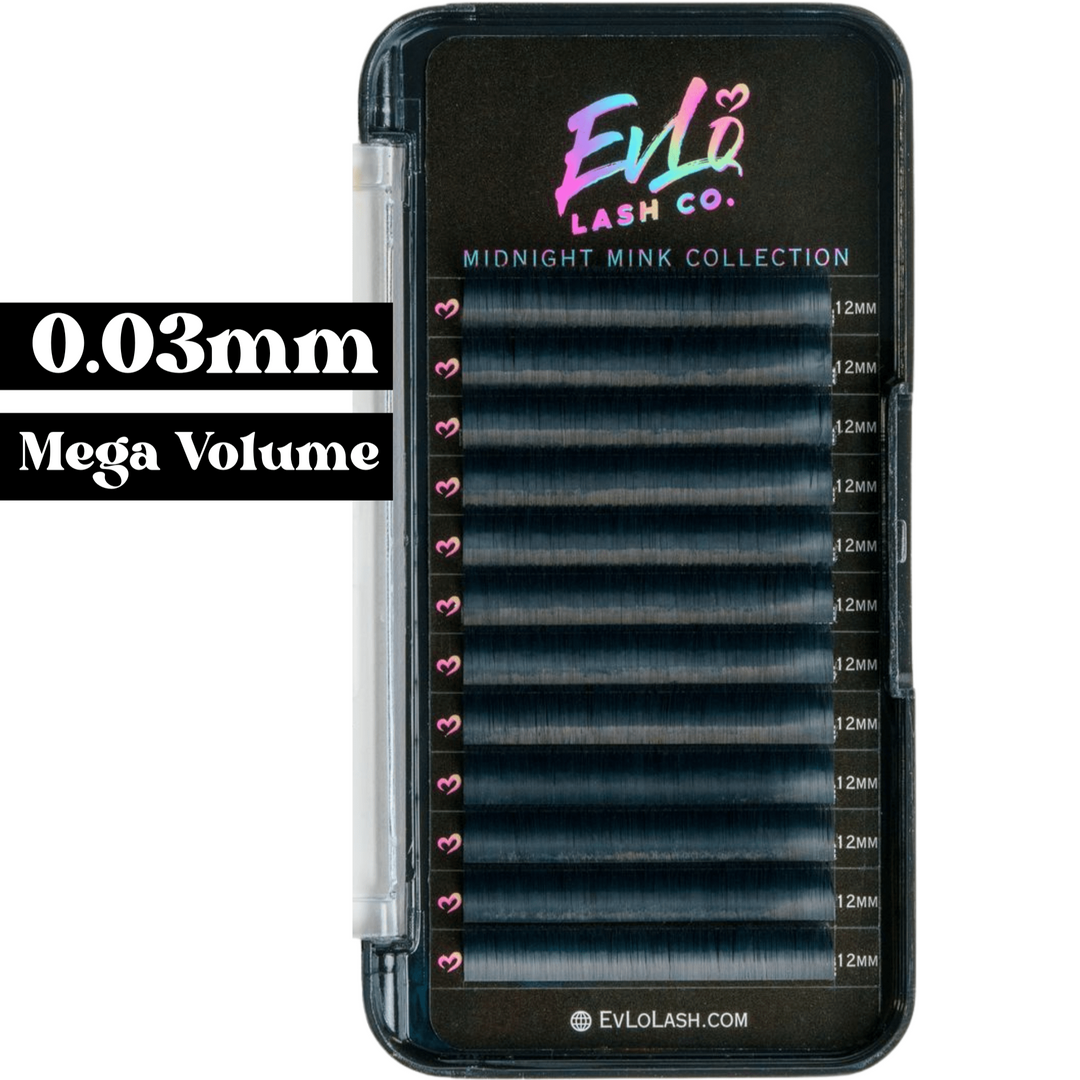
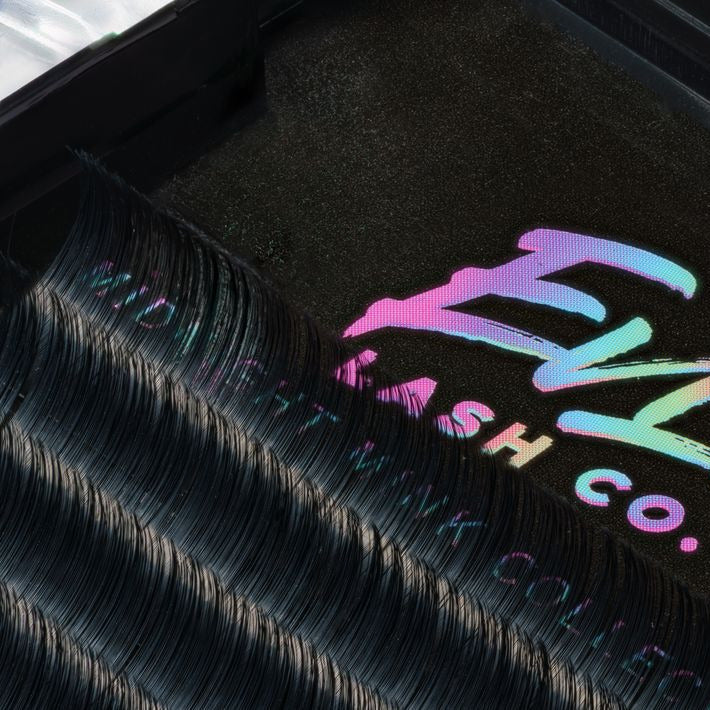
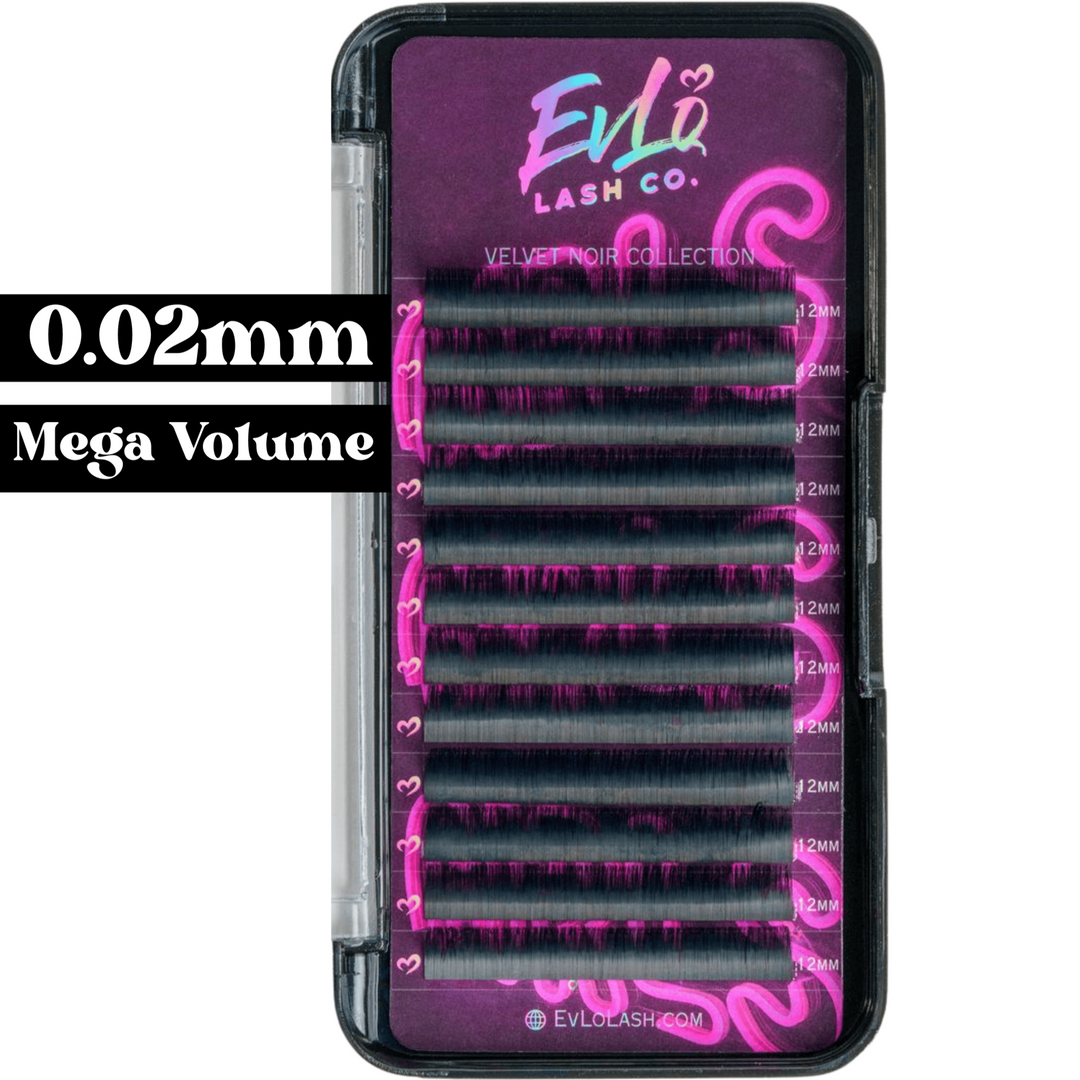


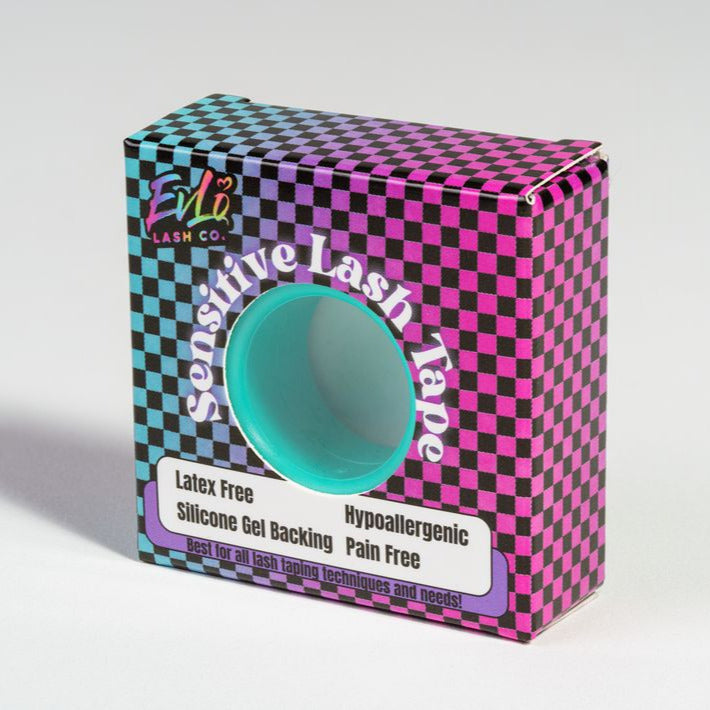


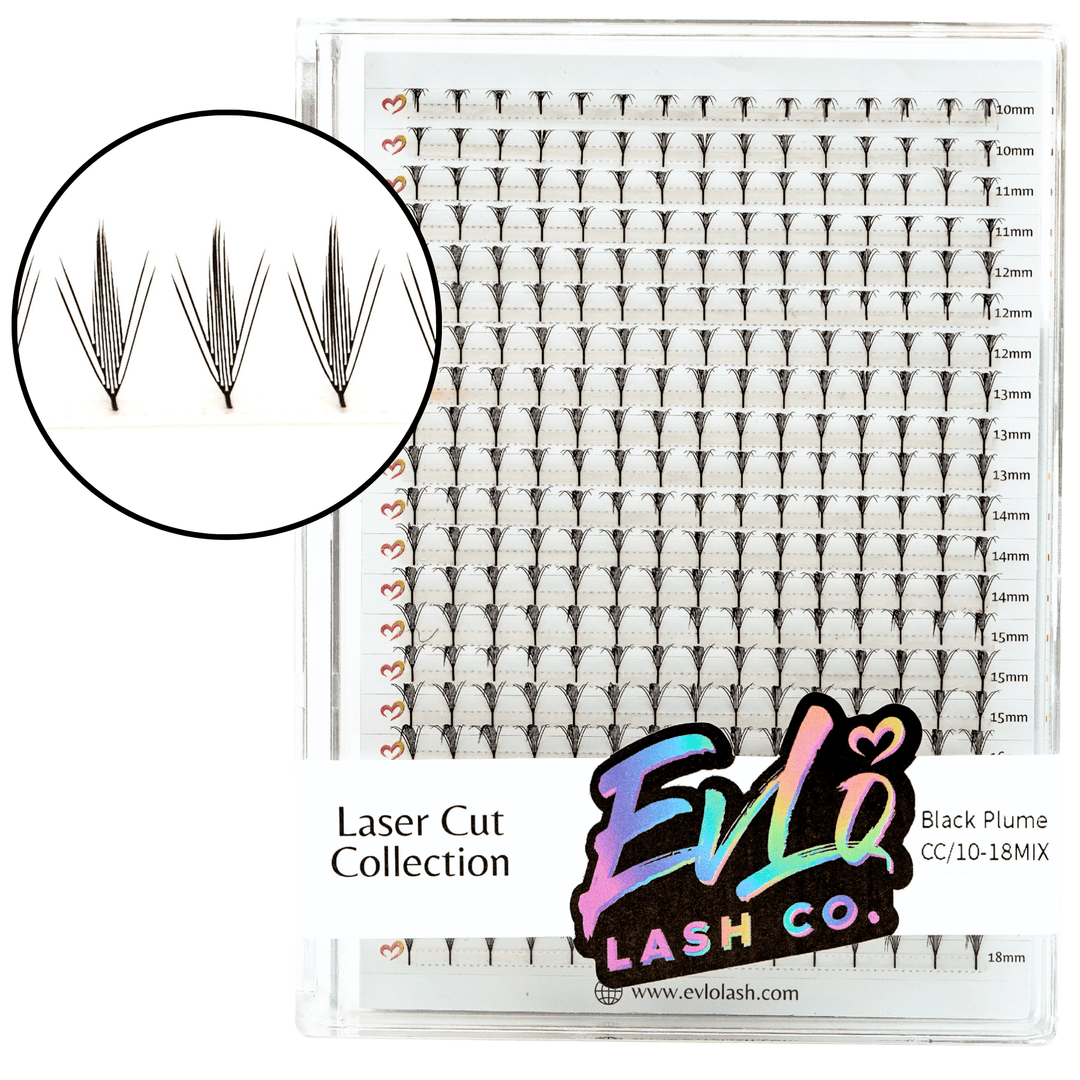
Deixe um comentário